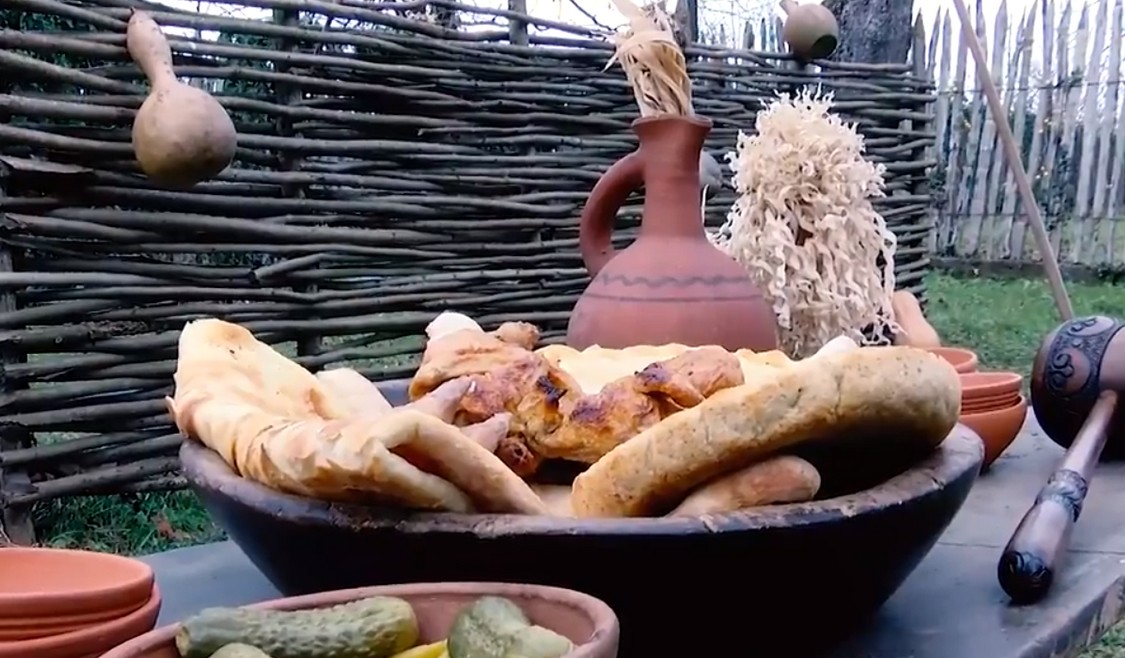[:en]A necessary appliance for the Gurian cuisine is made of stone and in the village of Shua Amagleba. The stones used to make these stone pans are collected in Western Georgia: Imereti, Guria and Samegrelo. The tradition of making a stone pan in Guria was spread from Van-Meleveli, Amaghleba and Samebasa. These villages are located on the southern slopes of Guria and are in an area where the ore was first discovered.
The stone pan is made, in its entirety, in a traditional manner: without the use of powertools, electricity, gas or natural gas. The production of one pan takes one day.
The stone pan lasts for a long time and cooks perfectly. Stone pans are used in Guria for gingerbread and khachapuri. It is possible to purchase them. Prices vary between 25-50 lari, depending on the size of the pan.[:ka]სოფელ შუა ამაღლებაში ნახავთ, როგორ მზადდება გურული სამზარეულოსთვის აუცილებელი ატრიბუტი – ქვის კეცი.
ქვის კეცების დამზადებას ძირითადად დასავლეთ საქართველოში, იმერეთში, გურიასა და სამეგრელოში მისდევდნენ. გურიაში ქვის კეცების დამზადების ტრადიცია ვან-ზომლეთში, სამებასა და ამაღლებაში იყო გავრცელებული. ეს სოფლები გურიის სერის სამხრეთ კალთაზეა შეფენილი და ქვის კეცებისთვის საჭირო მადანი ამ მიდამოებშია.
ქვის კეცი მთლიანად ტრადიციული წესით, ხელის იარაღებით, ელექტრონერგიის, ბუნებრივი აირისა და დაზგების გამოყენების გარეშე მზადდება. ერთი კეცის დამზადებას ერთი დღე სჭირდება. ქვის კეცი დიდხანს ინარჩუნებს მხურვალებას და სრულყოფილად აცხობს. ქვის კეცებს გურიაში მჭადისა და ხაჭაპურის გამოსაცხობად იყენებენ. მათი შეძენაცაა შესაძლებელი. ფასები 25-50 ლარს შორის მერყეობს და კეცის ზომაზეა დამოკიდებული.[:]
[:en]Stone pan[:ka]ქვის კეცი[:]
![[:en]Stone pan[:ka]ქვის კეცი[:] post thumbnail image](https://guriatourism.com/wp-content/uploads/2019/02/keci.jpg)
Categories:





